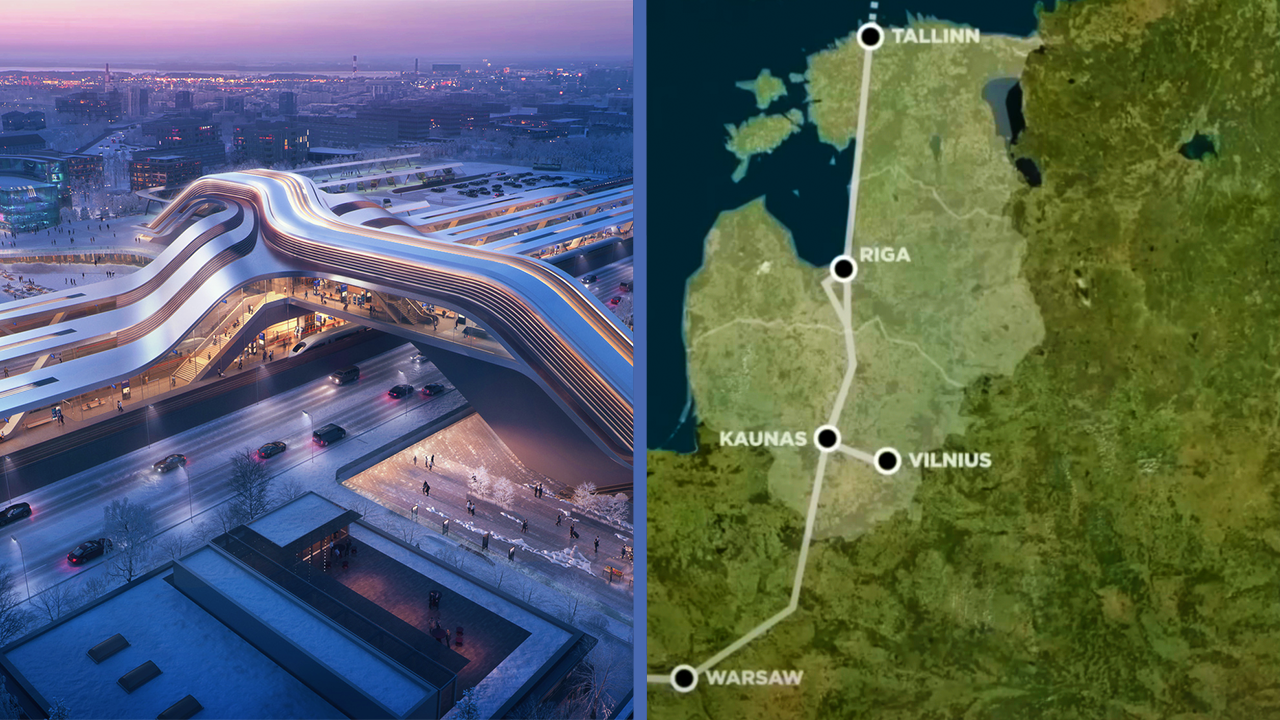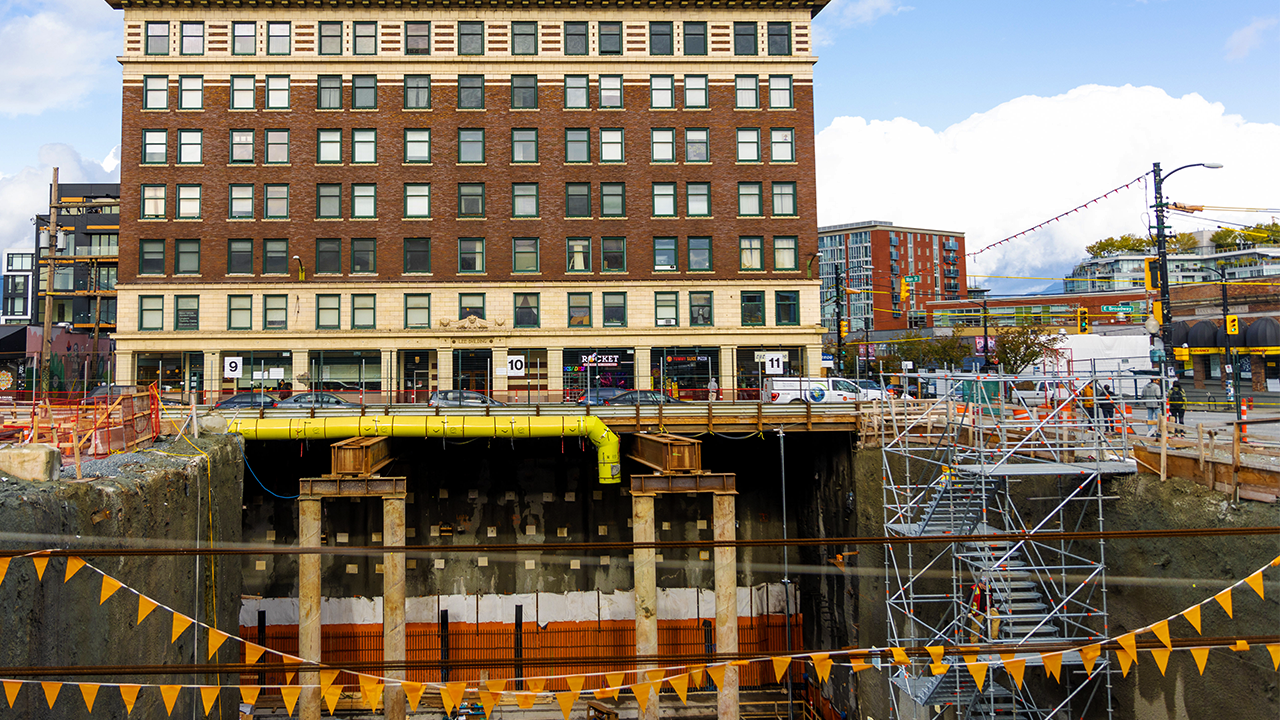Hawaii's $10BN Railway Nightmare
- Youtube Views 715,304 VIDEO VIEWS
Video narrated by Fred Mills.
HAWAII is one of the most stunning places on earth.
But getting from A to B can be a challenge. So the state is taking on its biggest infrastructure project yet.
That’s right - Honolulu officially has its own fully autonomous mass transit system that’s the first of its kind in the US.
And while this was a cause for celebration for many - the project wasn’t exactly on the fast track getting to this point.
Building across such a diverse landscape hasn’t exactly been easy. The $10BN scheme has now essentially doubled the original budget and is seriously behind schedule.
With so many problems derailing the project over the years - many wonder if it’s even worth keeping it on track.
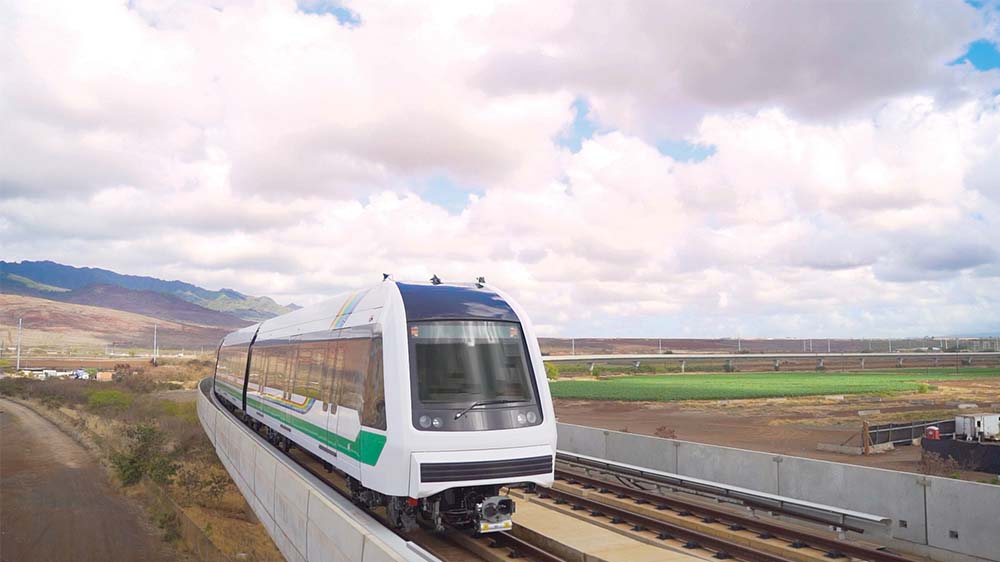
Above: Hawaii's new Skyline metro system. Image courtesy of Honolulu Rail Transit.
Some of the most scenic road trips in the US are Hawaii’s highways that wind their way through paradise. While these roads may offer epic views, the congestion on them can cause major backups.
Up until the recent opening of Skyline, Hawaii didn’t really have access to alternatives like trains for either passengers or cargo. However, that wasn’t always the case.
Throughout the late 1800s and early 1900s - the state did have various rail systems largely for the purpose of transferring supplies. But those have all since shut down due to rising cost or ageing infrastructure.
Until now, Hawaii’s rail systems only existed for tourism. While several proposals for additions were pushed throughout the years, none ever gained any steam.
Then as road traffic began to increase around the mid 2000s - particularly in Honolulu - officials began circulating ideas once again.
And in 2008, voters finally approved an idea for a 32km elevated railway from the suburbs of Oahu to the bustling capital Honolulu. The $5BN project promised to alleviate congestion and reduce emissions while providing a faster alternative to the bus system by 2020.
Ultimately the finalised path will now be a 30km two-track structure with 19 stations. An additional segment will include 2 more stations that will further extend it in the future.
On average it will travel 48 km per hour, cutting some commuting times in half and eliminating traffic by 40,000 cars daily. That will come as a much needed reprieve as Hawaii ranks as the worst state to drive in thanks to traffic, gas prices, and road conditions.
Officials project around 100,000 passengers will ride the train daily. It will also be the first autonomous and driverless metro in the entire country.
This allows for cheaper and safer operation of the cars as it can eliminate human error which often is the reason behind accidents and delays.
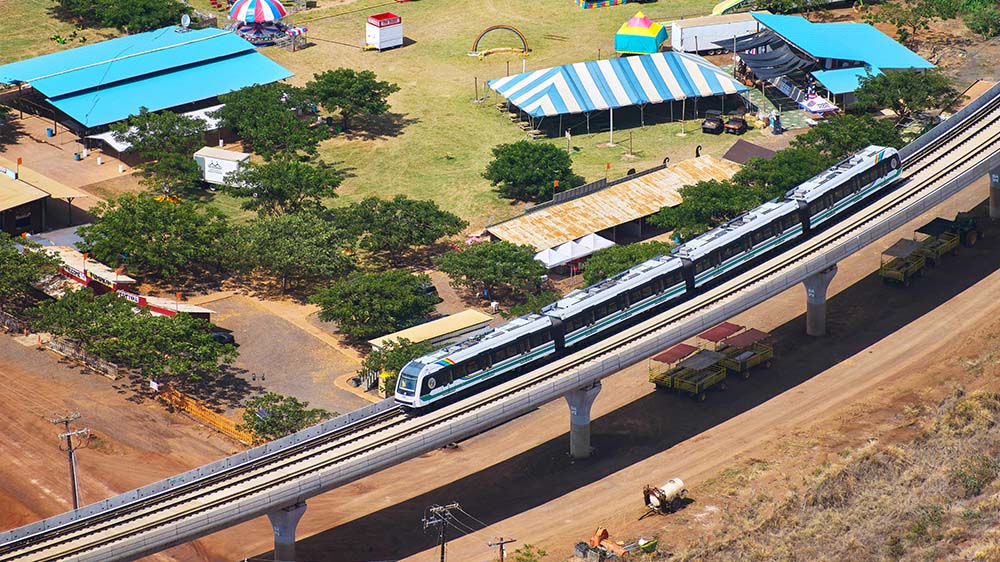
Above: Skyline makes use of elevated tracks throughout its route. Image courtesy of Honolulu Rail Transit.
The railway itself will be elevated because in a landscape with such varying topography, it’s a bit easier to build over rather than straight through.
It will consist of over 5,000 precast concrete segmental bridges. As each segment weighs around 50 tonnes, connecting them all requires a massive feat of engineering.
A twin unslung girder is used to raise and complete each segment. This is a type of trolley that moves across a system of parallel beams carrying materials.
Span-by-span the parts are lifted using a crane and onto a cart where they are then aligned and bonded using an adhesive into the final position.
The elevated design allows construction to often be cheaper as tracks are often lighter and narrower than standard or underground tracks. It's also faster and safer while still allowing activity to go on below.
But even though construction was supposed to be easier and faster - that hasn’t exactly been the case for the Skyline. In fact - it’s seriously behind schedule. With an initial timeline set to complete in 2020, after a cascade of roadblocks - it’s not expected to be finished until 2031.
As construction began, the project faced a myriad of contract issues and lawsuits regarding the assessment of archeological sites.
And on top of that, transit authorities spent a hundred millions dollars to relocate electrical lines when they realised a section of the tracks would cut too close to the power lines.
In 2018 - concerns about cracks in the hammerhead piers were raised. Officials assumed they were caused by shrinkage in the concrete – a bit like the cracks you might see in a driveway –rather than an issue with the tracks itself.
Over the next few years, the cracks continued to expand. So just before the official opening of the first segment, workers made repairs on 21 piers with epoxy and a system of horizontal cabling to prevent any further moisture from entering.
To add to it, reports in 2021 stated that some of the wheels of the train cars were found to be too narrow in parts of the track where lines crossed together - presenting a major safety issue if not fixed.
Replacing them would be expensive and time consuming. Instead a short term fix using temporary welds to plug the difference in space was ultimately used.
Honolulu Authority of Rapid Transit and Hitachi Rail declined The B1M's request for an interview.
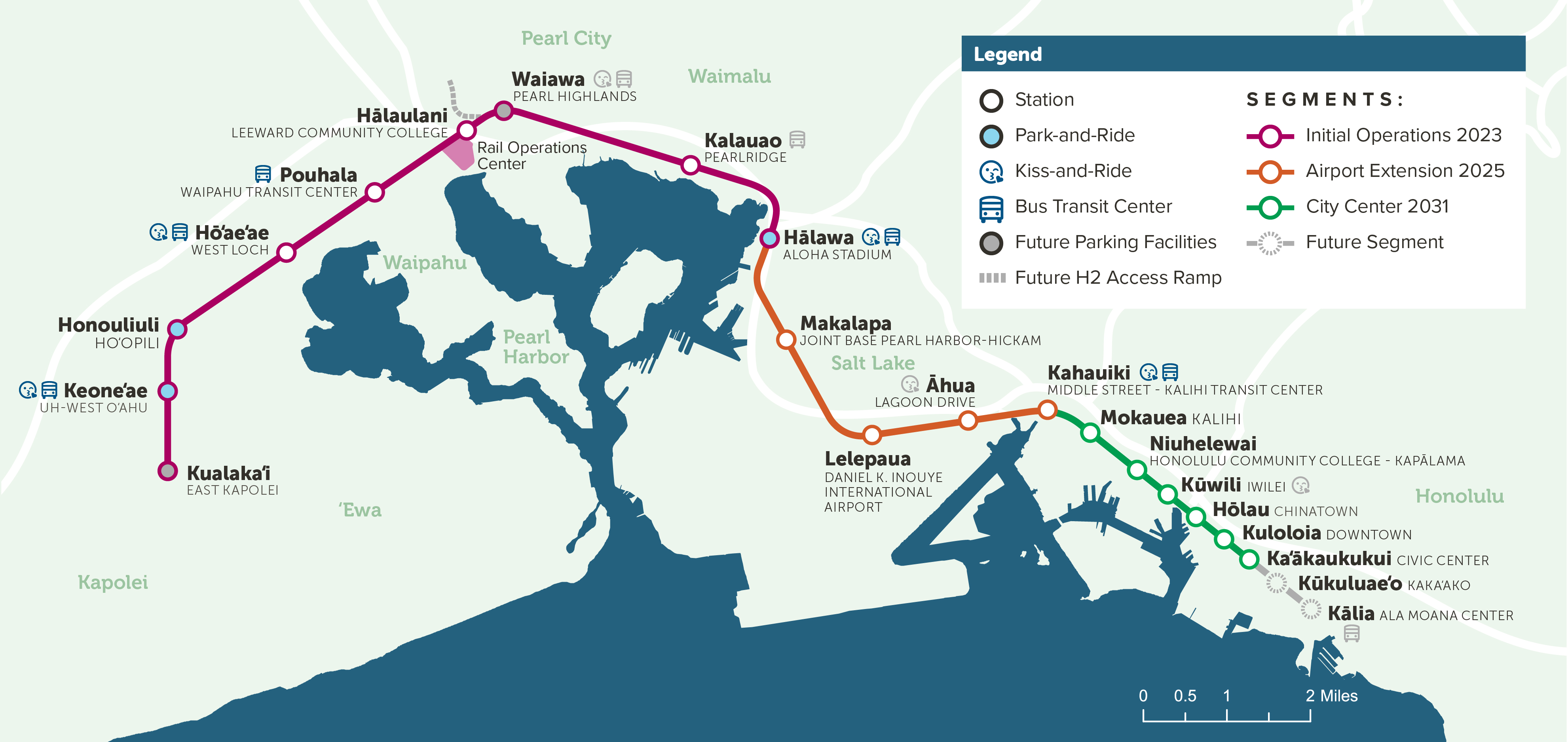
Above: The full route of Hawaii's new metro service once complete. Image courtesy of Honolulu Rail Transit.
With so many roadblocks - it’s no surprise the project blasted through its initial budget and the first leg of the Skyline didn’t open until June 2023.
And for many, it was a long time coming. Despite a not so great public track record, over 9,000 rode the train the first day.
Now that the first segment is finally welcoming riders, the perception of what it can offer Hawaiians is already changing.
Some people loved it, some got motion sick and some have called for later trains, as they currently only run until 7pm.
But it’s not over yet. With about 40% of the project remaining, there’s still a long way to go with the track eventually connecting into downtown Honolulu.
As local residents and businesses are covering the cost of budget overruns, many are left wondering if the benefits will really be worth it.
Only time will tell if Hawaii’s new railway will join the ranks of other infrastructure projects around the world that were once hated during construction, but are now loved once they're all done.
Narrated by Fred Mills. Special thanks to Honolulu Rail Transit. Footage and images courtesy of Honolulu Rail Transit, KHON2 News, Library of Congress and ENERPAC.
We welcome you sharing our content to inspire others, but please be nice and play by our rules.
